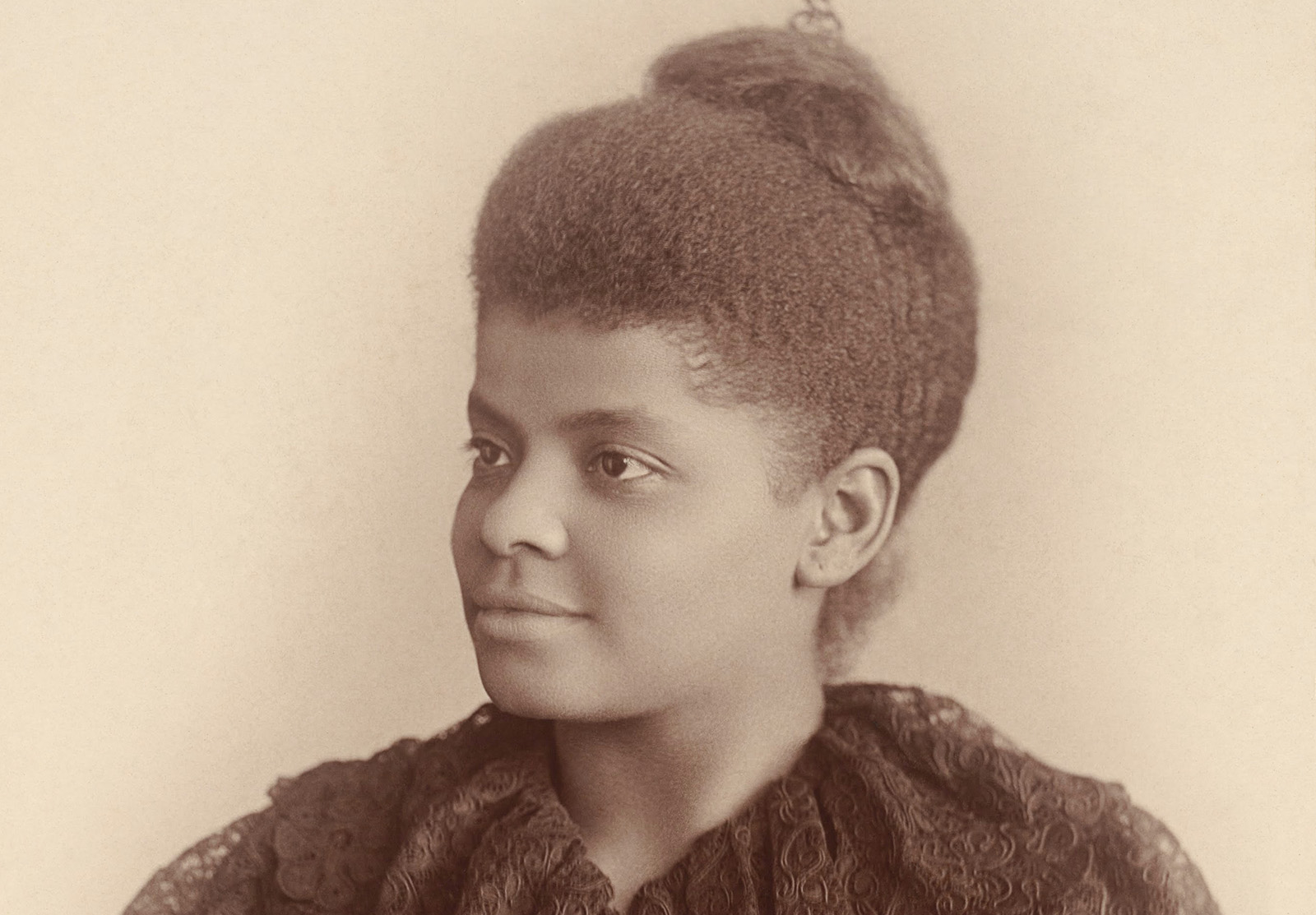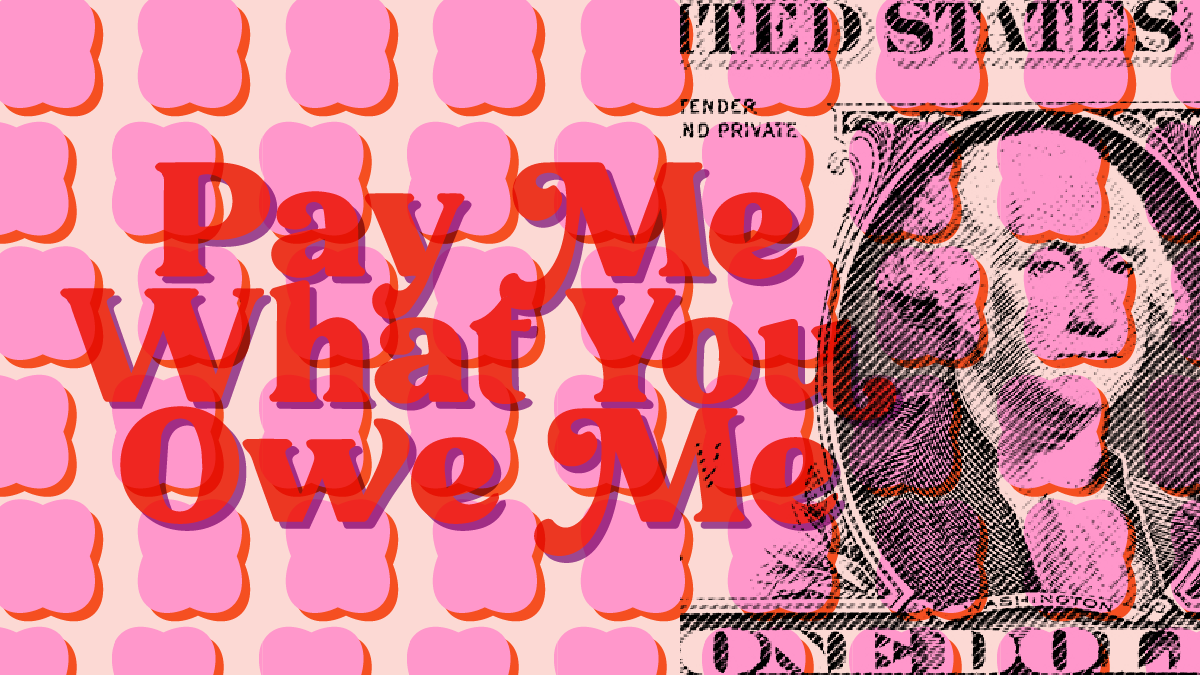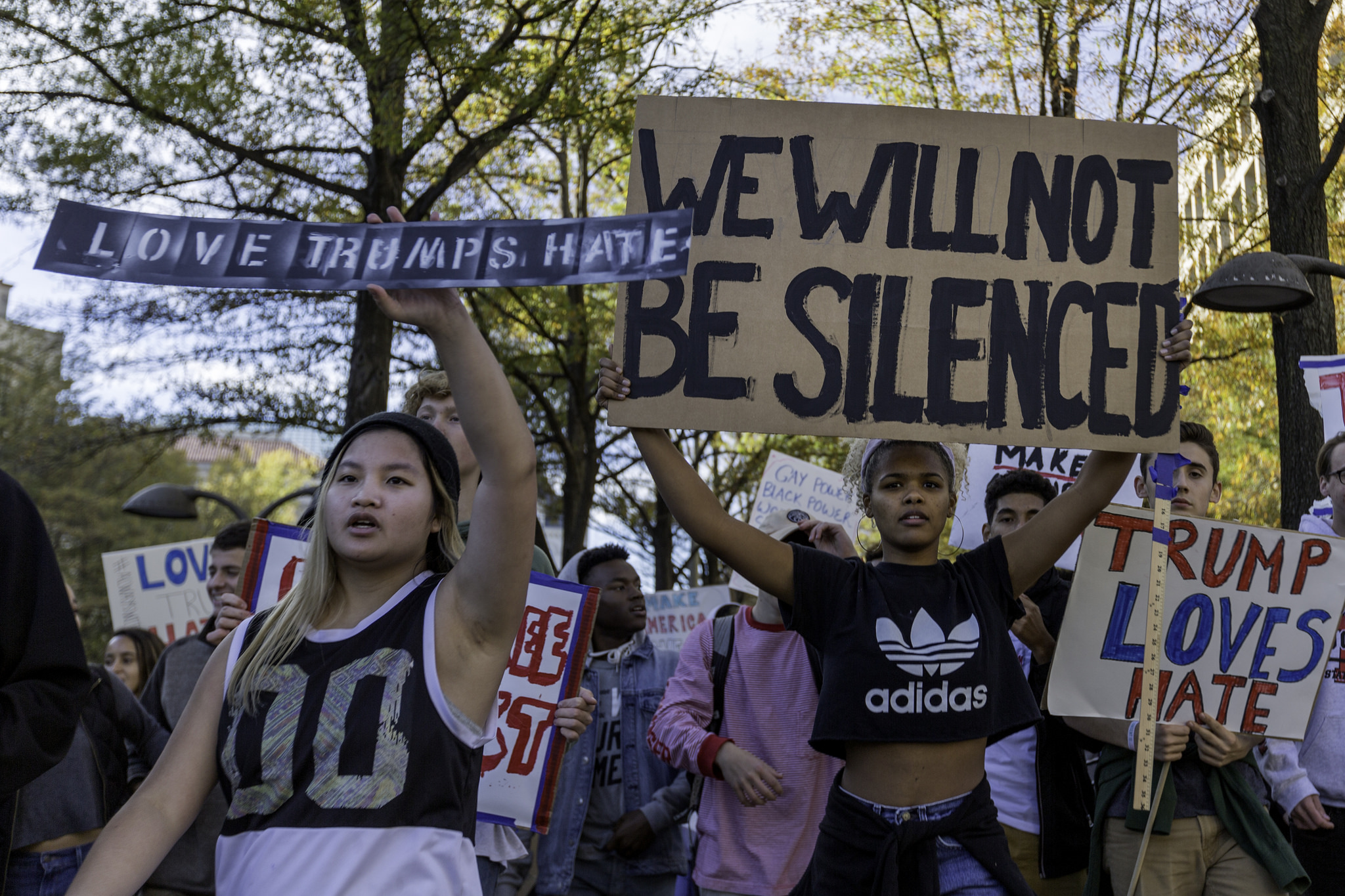Abortion rights, women of color, and LGBTQIA+ people are under attack. Pledge to join us in fighting for gender justice.
100 Years Later, Too Many Women Are Still Battling for the Ballot

Today is Women’s Equality Day, which commemorates the passage of the 19th amendment, the landmark amendment that prohibits U.S. citizens from being denied the right to vote based on sex. Cause to celebrate, right?

Not so fast. Despite what the day’s name might indicate – and despite the progress we’ve made toward equality in this country – the story of women’s right to vote in this country is more complicated than that.
Winston Churchill told us that those who do not learn history are doomed to repeat it. Similarly, those who discuss the 19th amendment without mentioning voter suppression policies designed to block people of color from voting, or who gloss over the history of racism within the women’s suffrage movement, are missing the ways that history is repeating itself today.
Racism on the road to suffrage
When the 19th amendment was finally ratified in 1920, it had been preceded by nearly a century of organizing, struggle, and debate from women’s suffrage activists. And from the beginning of the American women’s suffrage movement, black women were leaders, their work for women’s rights intertwined with the movement for abolition and civil rights. Sojourner Truth fought against slavery and for women’s right to vote; Ida B. Wells and Mary Church Terrell were suffrage leaders who also worked tirelessly against lynching and Jim Crow laws, to name just a few.
Yet these women, and other women of color working for women’s right to vote, faced racism from many white women within the suffrage movement. Some white suffragists opposed or resented the 15th amendment, which gave black men the right to vote, pitting it against efforts to secure women’s voting rights. The organizers of the 1913 Women’s Suffrage Parade asked black women to walk in a separate section at the back–instructions which Ida B. Wells rejected, in a total badass move, by insisting that she march with the rest of the Illinois delegation.
Wells also decried white suffragists’ refusal to speak out against lynching, famously taking on Frances E. Willard, one of the most powerful white suffragists of the time. In yet another badass move (are you sensing a theme here?), “Wells asked the audience how influential white women could continue to turn a blind eye to the white mobs who threatened black lives.” In 2016, it is still an important question to ask.
Barriers to the ballot box
Although the 19th amendment granted all American women the right to vote in theory, in reality its passage didn’t immediately grant everyone equal access to the ballot box.
Racist voter suppression policies like poll taxes, literacy tests, and grandfather clauses – all of which had been passed in Southern states to keep Black men from voting – prevented Black women from exercising their new constitutional right as well. Many of those same policies also prevented other women of color, including Latinas, Asian-American women, and Native American women, from being able to vote in many states.
Those barriers persisted for nearly half a century, until the passage of the Voting Rights Act in 1965. In 1975 the bill was extended to non-English speakers by granting access to bilingual ballots in polling places, an important victory for Latinas, Asian-American women, and other non-English speaking women.
Today: The struggle continues…
We’d love to stop the blog post here, with the VRA extending the right to vote to women of color across the country. Unfortunately, that’s not where the story ends. In 2013, the Supreme Court’s decision in Shelby County vs. Holder gutted key provisions of the Voting Rights Act. Following that decision, states like Texas , North Carolina, and Wisconsin wasted no time in implementing new voting restrictions.
Many of these restrictions take the form of voter ID laws. These laws disenfranchise populations including people of color, low-income people, elderly people, and students, all of whom often encounter barriers to having the required form of identification. And because women are disproportionately represented in many of these populations, women are particularly impacted by such laws. These laws are not subtle or accidental. In July, the Fourth Circuit appeals court struck down North Carolina’s anti-voting laws – one of the worst in the country – finding that the restrictions “targeted African Americans with almost surgical precision.”
So the fight continues. A number of states’ voter ID laws have been struck down, but some remain in effect. In 2014, Congress introduced the Voting Rights Amendment Act, a bill that would update the Voting Rights Act and repair the damage done in the Shelby decision. As we approach the 100th year of the 19th amendment, the battle for voting rights for all people, including women of color, wages on.
Looking to the future, learning from the past
As we mark Women’s Equality Day and redouble our efforts to expand and protect voting rights in this country, it’s vital that we learn from both the victories and shortcomings of the women’s suffrage movement. We’ve made a great deal of progress, and we still have a lot of work to do.
The challenges we face are not just in changing laws and policies – we must also challenge the racism that persists within our own movements. Ida B. Wells’ call for white suffragists to speak out against lynching is echoed in today’s movement in the Movement for Black Lives. White feminists must speak out against the brutality Black people are facing, and take an active role in dismantling racism and white supremacy.
Stepping forward to speak out against racism isn’t easy – it often (momentarily) exposes allies to the same vitriolic comments that Black people face every single day. But the fight for women’s equality requires us to fight for Black lives. Our history is a grim reminder of that very fact. So in celebration of Women’s Equality Day, we encourage you to respond to the question Ida B. Wells posed to a delegation of white suffragettes in 1890.
How are you fighting for Black lives today?




